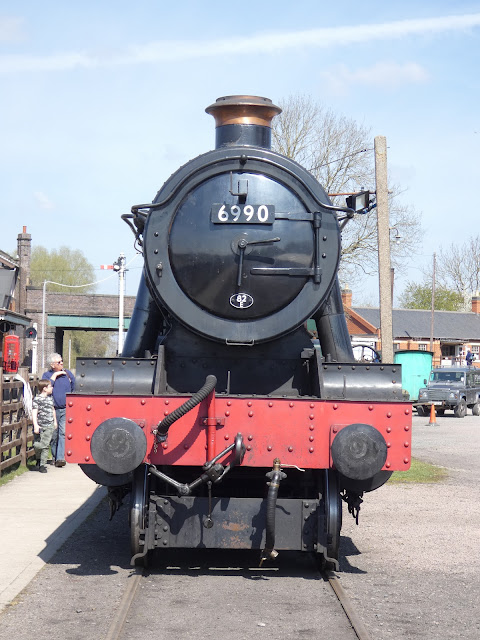It was the mid-70s and we were staying with friends in
Sheffield. Our host, like me a keen football fan and Evertonian, suggested a
visit to Hillsborough to watch Wednesday play Port Vale. Trotting around in the
mid-field for the home team was Colin Harvey, a hero from the 1970 title-winning
Everton side. Colin was at the end of his career. His natural grace, his
explosive darting runs, the ability to switch direction at speed - “spinning on
a sixpence” and the way he could glide across the turf - had all deserted him.
We found out later that replacement hip surgery beckoned. It was very sad to
see such an influential figure from our not-so-distant past looking so out of
sorts. Wednesday got thumped 3-0.
During the late 1980s, and after Sheffield Wednesday had
returned to the top division, I watched Everton play at Hillsborough a number
of times. Last week my friend Andy flagged up a programme that he thought we
might enjoy about another former footballer, Jack Charlton, who died last year.
In the meantime, Jack had also been manager at the Sheffield club. Before one
of those matches, I stood in the queue for the tickets that could be purchased
on the day. Ahead of me and next to the box office was another doorway, and
above the entrance was a nameplate from the LNER B17 Footballer Class locomotive,
No. 61661 Sheffield Wednesday, now mounted on a plaque, but with the club
colours and half a brass football, as carried in the days of steam.
Many of these nameplates found their way to the respective
clubs after the withdrawal of the engines themselves. Norwich City’s is on view
during every televised match, above the entrance to the players’ tunnel. Everton
FC have one, though the other plate is in private hands. I know this because
after a few drinks one Saturday night, I rang an influential and knowledgeable
auctioneer of railwayana and asked him about it. I put the phone down a bit
more soberly than I had reached for it in the first place, after he told me how
much I might have to pay for it if it ever came up for auction.
The Hillsborough ticket queue shuffled slowly forward but my
view of the nameplate was partially blocked by a very tall bloke directly in
front of me. He was with his wife, who at that moment turned towards him and
said “I’ll just go and see” as she left the line. I looked up at the man and
blurted out “Hello, Jack”, as though I’d known him all my life. He turned round
and replied “All right, there”. I mumbled something fairly incoherent about
what a pleasure it was to be able to say hello, and how we were actually there to
support Everton. At least, I thinks that’s what I said. I just babbled. At that
moment, his wife returned and touched his sleeve and said “We can go in over
there” and they were gone.
It took a minute or two for me to get my head round what had
just happened. So, because he had arrived without a ticket, this renowned World
Cup winning footballer, who had actually managed this club himself only a few
years before, was quite happy to queue for a ticket with the rest of us,
instead of adopting a “Do you know who I am?” approach that would surely have
had them hurriedly laying out the red carpet. It told me all I needed to know
about Jack Charlton, man of the people and a lot more than that. I knew it was
fact rather than myth because I’d witnessed his humility myself.
In 2009, we were lucky enough to get to watch Everton at a
Wembley FA cup final, the first time I had done so. It was a fabulous event on
a lovely spring day, even though we lost 2-1 to Chelsea. During half time, a smartly
suited gentleman sporting a blue flower in his buttonhole, ambled around the
edge of the pitch and climbed - a little gingerly, I thought - up the tiered
gangway between the rows of seats, in order to chat with someone that he
obviously knew, who happened to be seated just a few feet in front of us.
“That’s Colin Harvey” I mentioned to Chris. “Why don’t you speak to him, then.
He’s a hero of yours, isn’t he? she added.
So, I did, and this time I was [I like to think] coherent
and respectful. Colin was delightful company, happy to talk and politely
appreciative of my, hopefully not over-cooked, attempt at flattery. I just had
to say how much pleasure he had given us, while we regularly roared on the best
midfield trio that I have ever seen in the flesh - Ball, Harvey and Kendall. He
stayed considerably longer than he needed to for the sake of etiquette, and
only headed back towards his own seat when it looked like an incomplete
football match might shortly be ready to restart. As he strolled round the
ground at his now fairly sedate pace, it was clear once more that he had committed
his best legs to the cause many years before - but what legs they had been in
their day.




























